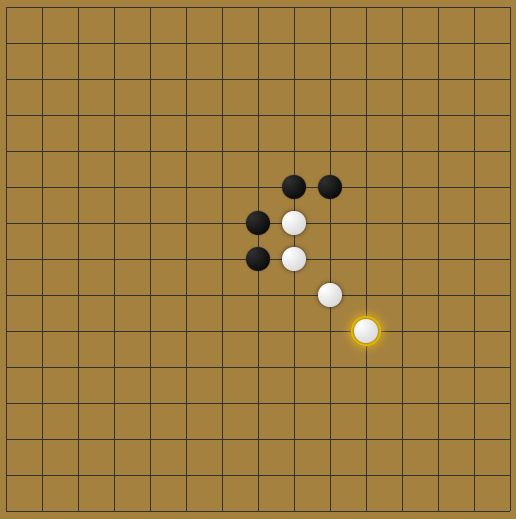Welcome to the ultimate guide on Gomoku strategy! Whether you’re a beginner tired of losing, an intermediate player looking to level up, or a seasoned competitor aiming for mastery, this article is packed with everything you need to win more games and outsmart your opponents.
Gomoku (Five in a Row) is easy to learn but endlessly deep. The difference between casual play and expert strategy is huge—and that’s where this guide comes in. We’ll break down the most important tactics, patterns, and mindsets you need to become a formidable Gomoku player.
Why Strategy Matters in Gomoku
Let’s be real: anyone can place stones on a board, but winning consistently takes more than luck. Great players:
- Recognize patterns instantly
- Set up threats that force their opponent’s hand
- Defend with precision
- Think several moves ahead
- Stay calm under pressure
Ready to join their ranks? Let’s dive in!
Core Gomoku Strategies
1. The Power of Threats
In Gomoku, a “threat” is a move that forces your opponent to respond or risk losing. The most powerful threats are:
- Open Three: Three stones in a row with both ends open. This can often be extended to four or set up a fork.
- Open Four: Four stones in a row with at least one open end. This is almost always a win, as your opponent can only block one end.
- Double Threat (Fork): Creating two threats at once (e.g., two open threes). Your opponent can only block one, so you win on the next move.
Example: The Double Threat (Fork)
One of the most devastating tactics is the fork. By placing a stone that creates two simultaneous threats, you force your opponent into an impossible situation—they can only block one, so you win with the other.

How to set up a fork:
- Build lines that can be connected by a single stone
- Hide your intentions by building in different areas
- Strike when your opponent is distracted or over-committed
2. Pattern Recognition
Winning at Gomoku is all about spotting and creating patterns. The most important ones are:
- Open Threes and Fours
- Blocked Threes (three in a row with one end blocked)
- Gaps (e.g., XX_X)
Practice seeing these patterns from both sides of the board. The faster you spot them, the better you’ll play.
3. Initiative and Tempo
The player who controls the flow of the game (the initiative) is usually the one making threats. Try to:
- Always be the one forcing your opponent to respond
- Avoid defensive play unless absolutely necessary
- Use threats to dictate the pace
4. Defense: How to Block and Counter
Defense is just as important as offense. Here’s how to defend like a pro:
- Block open threes and open fours immediately
- Watch for forks—don’t just block the obvious threat, look for double threats
- Don’t over-defend—sometimes it’s better to create your own threat than to keep blocking
5. Endgame Mastery
The endgame is where many matches are won or lost. Tips for closing out games:
- Count your opponent’s threats before making your move
- Look for forced wins (sequences where every move is a threat)
- Don’t relax until the game is truly over—one mistake can turn a win into a loss
Advanced Tactics
Want to go beyond the basics? Try these advanced ideas:
- Sacrifice: Sometimes giving up a stone or line can lure your opponent into a trap
- Decoy Threats: Make a threat in one area to distract from your real plan elsewhere
- Edge Play: Use the edges of the board to limit your opponent’s options
- Move Order Tricks: Sometimes the order you play your threats matters—set up your win with careful sequencing
Common Mistakes to Avoid
- Ignoring your opponent’s threats
- Playing reactively instead of proactively
- Focusing only on one area of the board
- Missing forks and double threats
Practice Makes Perfect
The best way to improve is to play, review your games, and solve puzzles. Try these routines:
- Play against stronger opponents and ask for feedback
- Review your losses to spot missed threats or patterns
- Set up common patterns and practice finding the best move
Quick Reference: Winning at Gomoku
- Build open threes and open fours
- Set up forks whenever possible
- Block your opponent’s threats immediately
- Control the initiative
- Practice, review, and keep learning
Want to Learn More?
If you’re new to Gomoku, check out our How to Play Gomoku guide for the basics. Ready to dive deeper? Explore more articles and puzzles to sharpen your skills!
Remember: Every great player started as a beginner. Keep practicing, stay curious, and have fun. See you on the board!